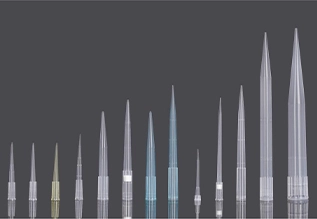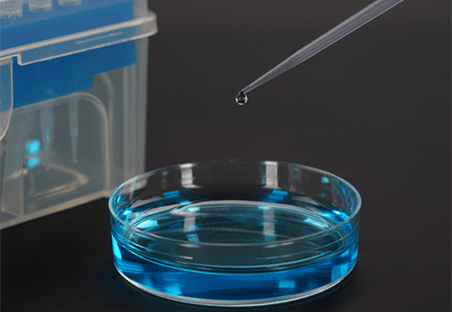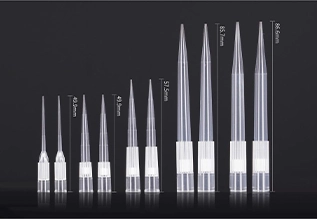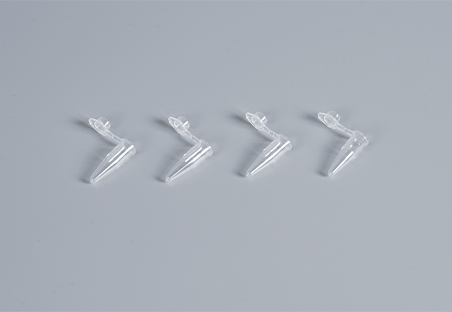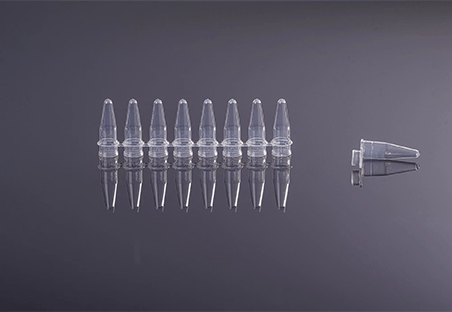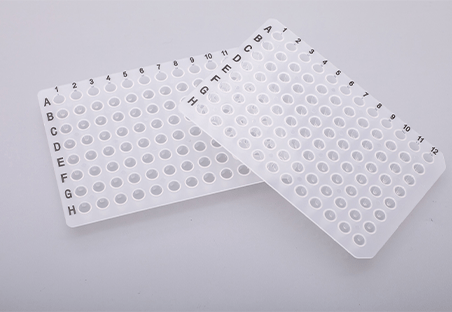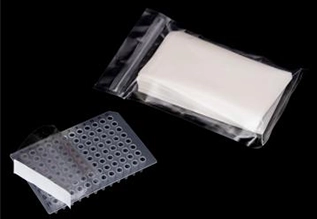Aluminum foil sealing film has become a popular choice in laboratory activities because of its unique properties. This article by lab consumables supplier Scopelab explains aluminum foil sealing film, highlighting its numerous benefits for packaging applications. We’ll walk you through the proper application process to ensure secure and reliable seals, as well as discuss the recyclability of this versatile material.
What Are the Advantages of Using Aluminum Foil Sealing Film?
Here is a detailed breakdown of its main advantages:
Exceptional Sealing Properties
- Airtight Seal: Aluminum foil is excellent at forming a strong and airtight barrier that protects from external contaminants such as dust, airborne bacteria, and moisture. This prevents spoilage, increases shelf life, and maintains its integrity.
- Leak Protection: The strength of aluminum foil effectively prevents leaks or spills. This is critical for preserving quality and reducing potential mess during transport or storage.
- Extended Shelf Life: Aluminum sealing film protects products from air and moisture, ensuring freshness and quality for longer periods.
Durability and Protection
- Puncture and Tear Resistance: Aluminum foil’s inherent strength makes it resistant to punctures and tears. This provides significant protection against damage during handling, transportation, or storage, ensuring the product arrives in pristine condition.
- Temperature Resistance: Unlike some plastic films, aluminum foil can withstand a wide temperature range.
- Light and Moisture Barrier: The foil layer protects against light and moisture. This is critical for protecting those that are susceptible to light degradation or moisture absorption, which could compromise their quality or functionality.

How to Properly Use Aluminum Foil Sealing Film?
Materials Needed:
- Aluminum foil sealing film
- Heat sealer or pressure-sealing tool (depending on film type)
- Clean, dry container with a smooth rim
Procedure:
- Prepare the container: Ensure that the container rim is clean, dry, and free of debris and contaminants. Moisture or residue can compromise the seal’s adhesion.
- Choose the appropriate sealing film: Choose the appropriate type of aluminum foil sealing film for your application. Consider heat resistance, seal strength, and compatibility with container materials.
- Position the sealing film: Carefully place the aluminum foil sealing film over the container’s rim. Ensure that the film is evenly distributed and covers the entire sealing area.
- Apply heat sealing (for heat-sealable films): If you’re using heat-sealable film, follow the instructions for your heat sealer. Typically, the heated sealing head is lowered onto the film, and pressure is applied for a predetermined amount of time (usually a few seconds). The heat activates the film’s adhesive layer, resulting in a strong seal with the container.
- Apply pressure sealing (for pressure-sealable films): When using pressure-sealable film, refer to the manufacturer’s instructions for the recommended application method. This could entail using a specific tool or applying firm, even pressure with a flat object across the entire sealing area to form a strong bond.
- Cool the seal (if applicable): Some heat-sealable films may require a brief cooling period after sealing to ensure a proper bond. If you have any specific cooling requirements, consult the manufacturer‘s instructions.
- Inspect the seal: Once sealed, carefully inspect it for any gaps, wrinkles, or flaws. Ensure that the film adheres completely to the container rim, with no visible openings or trapped air pockets.
- Label and date (optional): Depending on your application, you may want to label the container with sample information and an expiration date before storing.
Additional Tips:
- Practice makes perfect: If you’re new to using aluminum foil sealing film, start with a few test containers before sealing your final samples.
- Follow manufacturer’s instructions: Always follow the specific instructions provided by your chosen film brand. The recommended sealing temperature, pressure, and time may differ slightly depending on the film type.
- Use the right tools: Use the appropriate sealing equipment (heat sealer or pressure-sealing tool) for your specific film type. Improper equipment can result in an inadequate seal.
- Store properly: Keep sealed containers in a cool, dry place to preserve sample integrity and prevent seal degradation.
Following these steps, as well as the additional tips, will ensure proper application of aluminum foil sealing film and secure, reliable seals for your laboratory samples.
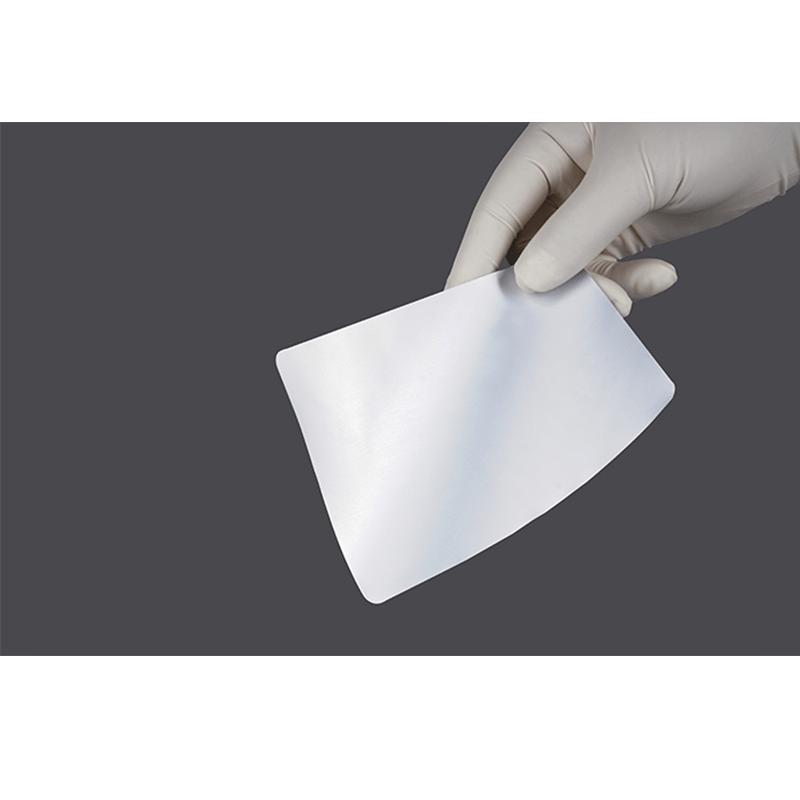
Can Aluminum Foil Sealing Film Be Recycled?
The recyclability of aluminum foil sealing film in a lab setting is determined by its composition and your local waste management practices:
Film Composition
- Pure Aluminum Foil Film: If the film is solely made of aluminum foil, it can be recycled using specialized lab waste disposal programs. These programs frequently handle specific types of metal waste and may accept aluminum foil for proper recycling.
- Metallized Plastic Film: Most labs use metalized plastic film for sealing aluminum foil. This means it has a thin layer of aluminum deposited on a plastic base. These composite films are generally not recyclable in standard lab waste streams or curbside recycling programs because it is impossible to separate the aluminum layer from the plastic base.
Lab Waste Management
- Check with your Lab’s Waste Management Program: Each lab typically has established waste disposal protocols. Consult your lab’s safety officer or waste disposal coordinator to determine how to properly dispose of used aluminum foil sealing film. They may have specific guidelines or designated collection bins for recyclable materials in the lab.
- Consider Specialized Recycling Companies: Certain companies specialize in recycling laboratory waste, such as plastic and metal composites. If your lab produces a large amount of metallized plastic film and your institution prioritizes sustainable practices, you may want to look into these companies in your area.
Alternatives to Recycling
- Minimizing Waste: Certain companies specialize in recycling laboratory waste, such as plastic and metal composites. If your lab produces a large amount of metalized plastic film and your institution prioritizes sustainable practices, you may want to look into these companies in your area.
- Reusing Film (if applicable): If the sealing film is strong enough and not contaminated, it may be possible to reuse it in non-critical lab applications. Prioritize safety and sample integrity by only reusing film in specific situations.
While pure aluminum foil sealing film may have limited lab-specific recycling options, metalized plastic film, which is more common, typically necessitates alternative disposal methods. Always prioritize responsible waste management practices, and consult your lab’s waste disposal program to determine the best method for your specific situation.
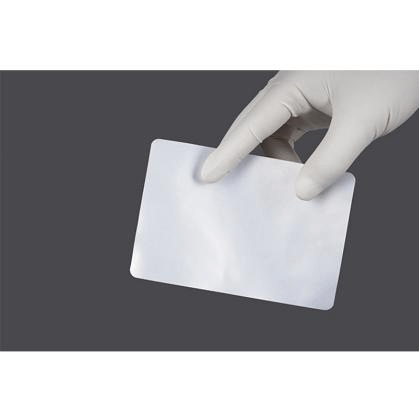
Conclusion
Aluminum foil sealing film offers a multitude of advantages for laboratories, from enhancing sample integrity and storage to promoting safety and simplifying workflows. By understanding the proper application techniques and considering the limitations of recyclability within the lab environment, researchers can maximize the benefits of this versatile tool. Scopelab is a professional lab consumables supplier in China. Choose us and Incorporate aluminum foil sealing film into your lab practices, which can contribute to efficient and reliable sample handling, ultimately supporting accurate and successful research endeavors.
